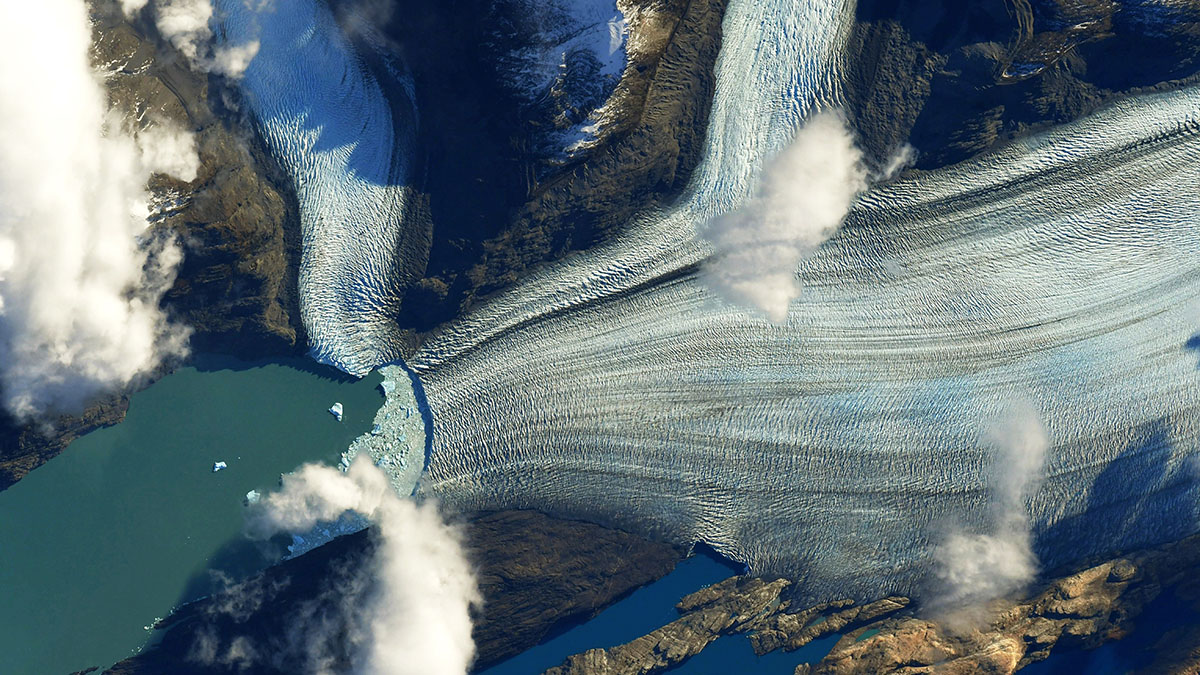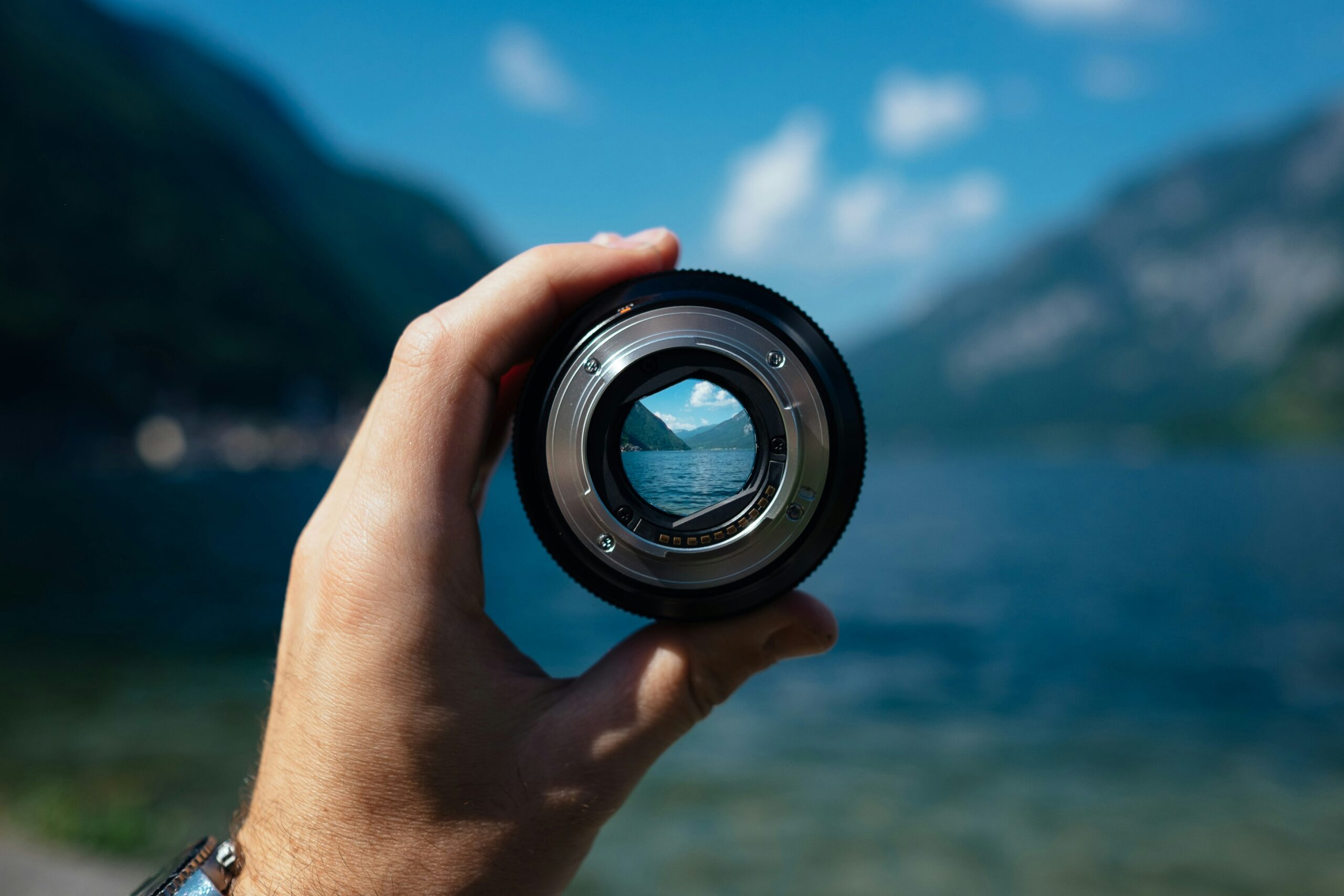How can we get started?
A primer to get started with using the constructive climate lens
Here are some areas of focus that cut across beats and issues.
Start with science instead of clinging to false balance
Journalists can no longer put those who deny climate science alongside climate scientists on the same platform for the sake of objectivity. Several worldwide studies show that people from across nations accept climate change as a reality and also acknowledge that it should be a high priority for their governments.
Convey hope instead of promoting apocalyptic coverage
Journalists must go beyond crisis reporting of extreme weather events. Wolfgang Blau Co Founder of the Oxford Climate Journalism Network has called coverage of climate adaption “The biggest reconstruction story since World War II” it is profound and systemic. Climate reporting can also ask What Now and explore a future that is yet to be built.
Keep it simple instead of retaining the unconceivable grand scales
Climate coverage is replete with timelines and proportions that readers can’t relate to, says Mads Nyborg Støstad, a climate journalist working at Norwegian Broadcasting (NRK). Stories tell us what will happen in 2030, 2050, 2100. They speak of scales and quantities–gigatonnes, billions, parts per million–readers can’t imagine. These are important pieces of journalism. But they paralyse readers and instil gloom and doom. From temperature increases to sea level rise in a future world, news consumers are bombarded with stories of the planet and people in an unforeseen future. Of a time when the readers are long gone.

Specific recommendations
Covering climate constructively means showing how people are adapting and how the world needs to mitigate. As a top scientist at a leading global public body said, these stories give hope and show clear paths to a future world. These stories go beyond the questions of what happens to the planet. They include nuances of what happens when people act.
Interviews and stories shift from doom-and-gloom to curious and open-minded, from dramatic and apocalyptic to forward-looking.
Focus on what Aarhus University anthropologist Gauri Sanjeev Pathak calls the ‘attitude-behaviour gap’/’: There’s a need to challenge business as usual. People and politicians care about climate change but they don’t take action. People are likely to not be in denial or feel climate fatigue if they participate
Newsrooms need to speak truth to power–be it politicians or large businesses–with regards to climate action, as they have done for political or economic issues. However, here we need journalists to continue to maintain a scientific lens in order to avoid attempts at greenwashing.
The COP isn’t the problem, it is our coverage. The COP does not exist in a bubble. We must show the connections between what is decided at the COP and the reality. It isn’t easy. The process has become more detailed, technical, and boring. This challenges the media to change tact. Amalie Kestler, Politiken’s editor-in-chief, told us her paper had success with doing fewer but deeper and better stories. Spread them through the year.
Too often, we portray our cases as powerless victims, points out Chandni Singh, an expert on climate change adaptation and disaster recovery at the Indian Institute for Human Settlements But people are not powerless in the face of the climate crisis. They have agency, and they are working hard to find local solutions. Global newsrooms, wire services and foreign correspondents, particularly need to apply a decolonial lens when reporting about climate change impacts
It permeates every aspect of our lives and, consequently, every beat in our newsroom. Train the newsroom to integrate the climate lens into all the reporting.
Climate coverage must focus on individuals as well as the political and economic systems they are connected to. Individual action makes people more powerful and part of the system. John Thøgersen, a professor of economic psychology at Aarhus University, talks about ‘behaviour spillover theory’: when people make small sustainable changes in their lives, that tends to lead them to make larger and larger changes–and eventually lobby for systems change.
Constructive journalism shifts the relationship between journalists and news audiences from disseminators of information to facilitators of conversation with experts and those in power. Scientists are a part of that multi-party dialogue. Include them. Give scientists more space to better your coverage; Research by Roskilde University’s Line Weldingh reveals it is politicians and businesspeople who are the most quoted in Danish climate news, a problem we believe spans worldwide. However, speak to the right experts, and avoid false balance.
While only a minority of the world’s population are climate deniers, they do hold positions of power. When politicians, presidents and heads of companies deny climate science, we recommend sticking to the facts and telling the scientific story of the climate crisis. Whether it is the hottest year on record or the worst rains in a local region, facts will tell the story. Over-emphasize and outsized efforts to combat misinformation can often backfire by amplifying and spreading it. Instead of spending precious resources fighting climate denial, we recommend increasing the amount of science in your stories.
Behind every data point in the IPCC report is a human face, find it. Facts are important, but Climate journalism needs stories and emotions to drive change. Numbers alone won’t move audiences to action.
Climate impacts are linked to various facets of our lives—political, financial, economic, and social. For instance, it is an economic issue and will hit people in their wallets. It will also impact their health and well-being, find and tell more diverse stories. Journalists at The Standard, one of Kenya’s largest newspapers, told us how important it was to link those daily impacts to the long-term changes caused by the climate crisis.
Tailor your coverage to different segments of the audience. People have different levels of climate literacy with different stakes in terms of guilt, contribution to climate change, climate actions and so on. These needs have to be addressed differently. For instance, Politiken uses a user-needs model. They cover COP in breaking-news style updates that are rolled into a liveblog. People who are extremely focussed on the negotiations prefer this. For others, the paper has ‘main character’ stories that focus on the personal stories of climate heroes (or villains). Reporters at outlets that lean conservative said they focus on using extreme weather stories instead of using the words climate change as it can be a turn-off for conservative readers.

News organisations are looking for ways to attract and retain readers and audiences are hungry for climate news, but the story has to be told in new ways. Rather than conflict, we need nuance. Rather than anger, we need science. Rather than climate journalism as usual, we need the constructive climate lens.
Would you like to be the first to know when the full guidelines are out for embedding constructive journalism in your newsroom and reporting?
Menu



